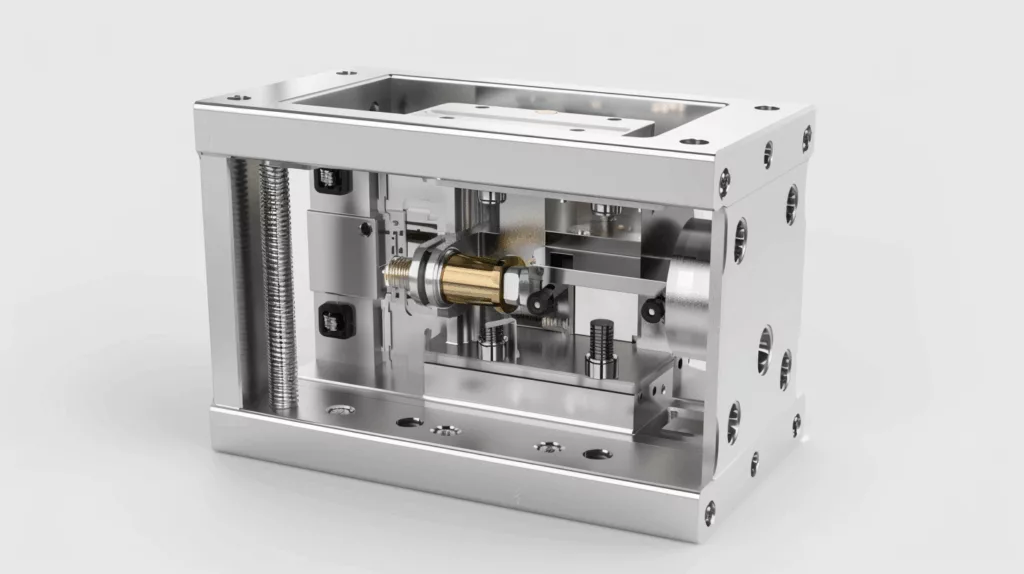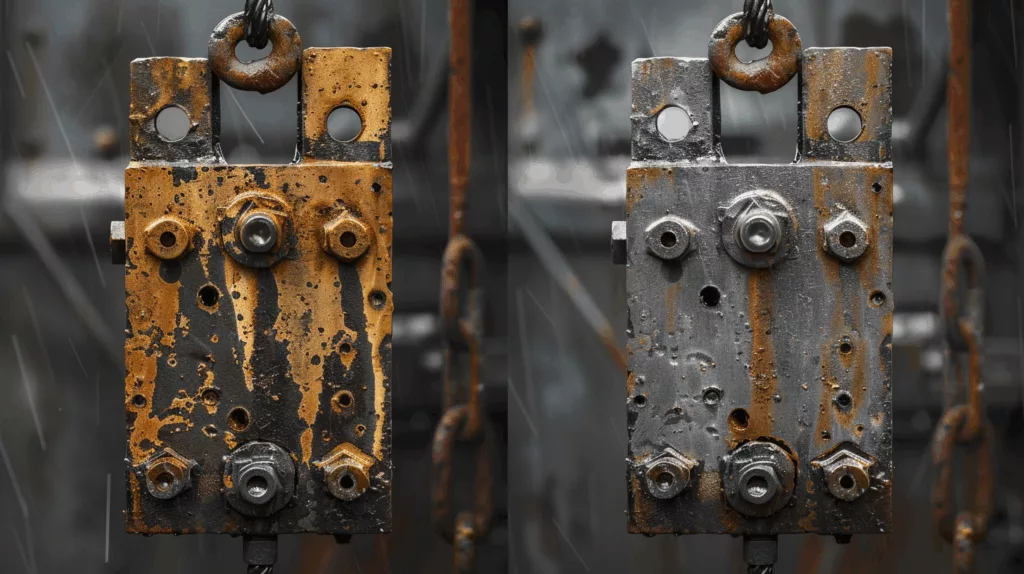Load cells are vital components in industrial systems, enabling accurate measurement of force, weight, and tension. However, in harsh environments—such as those involving moisture, dust, temperature extremes, or corrosive substances—these precision instruments are prone to malfunction, leading to load cell failure. Proactive maintenance and protective measures are essential to ensuring their performance and longevity. Understanding how these factors play a role is crucial. For instance, consider a manufacturing plant where heavy machinery operates. The constant vibration and exposure to various elements can severely impact the load cells if not adequately protected. Thus, implementing strategies tailored to the specific challenges of such environments becomes imperative.
XJCSENSOR is a leading manufacturer of advanced sensor technologies, offering reliable and innovative load cell solutions designed to withstand the toughest operational conditions. This guide explores essential strategies to prevent load cell failure in demanding environments and ensure optimal performance. By incorporating cutting-edge technology, XJCSENSOR develops products that not only meet but exceed industry standards, making them a trusted choice for companies focused on maintaining operational efficiency.
Understanding the Causes of Load Cell Failure
Several factors contribute to load cell degradation, especially in hostile environments:
- Corrosion and moisture ingress
- Mechanical overload or shock
- Electrical interference or grounding issues
- Temperature fluctuations
- Improper installation or handling
Identifying these risks early allows for timely intervention and improved sensor lifespan.
Protective Strategies for Load Cells
Environmental Sealing and Housing
- Choose load cells with IP67 or higher ingress protection ratings.
- Opt for hermetically sealed units for environments with high humidity or chemical exposure.
- Use protective enclosures or covers to shield sensors from physical and chemical hazards.
Corrosion Resistance Measures
- Select load cells made from stainless steel or coated with corrosion-resistant materials.
- Regularly inspect for signs of rust or chemical damage.
- Apply anti-corrosion coatings when necessary.
Temperature and Thermal Protection
- Install thermal insulation or shielding in areas with extreme heat or cold.
- Use temperature-compensated load cells for consistent accuracy.
- Avoid direct exposure to heat sources or rapid thermal cycling.
Real-World Examples of Load Cell Applications
Routine Inspection and Calibration
- Schedule regular inspections for physical damage or performance issues.
- Perform periodic calibration checks to maintain measurement accuracy.
- Document maintenance activities to track performance trends over time.
Wiring and Grounding Best Practices
- Use shielded cables and proper grounding techniques to reduce electrical noise.
- Inspect connectors for wear or corrosion.
- Secure cables to prevent mechanical strain or interference.
Installation and Handling Guidelines
- Always follow manufacturer instructions during setup.
- Avoid over-tightening bolts or applying uneven forces.
- Use appropriate mounting accessories to reduce stress concentrations.
FAQ
How often should a load cell be calibrated in harsh environments?
In challenging conditions, it’s recommended to calibrate load cells at least every 6 to 12 months, or more frequently based on usage intensity and environmental exposure.
Can protective coatings extend the life of load cells?
Yes. Protective coatings and housings significantly reduce the effects of corrosion, abrasion, and moisture, thereby extending load cell service life.
What are signs of impending load cell failure?
Drifting readings, erratic outputs, or zero shifts often indicate a developing issue. Physical signs like cracked housings or frayed cables also suggest potential failure.
Final Thoughts: Invest in Protection for Long-Term Performance
Future Trends in Load Cell Technology
Operating in harsh environments doesn’t have to mean compromised sensor reliability. By implementing proactive maintenance, using environmentally robust designs, and partnering with trusted Load Cell Manufacturers like XJCSENSOR, you can dramatically reduce the risk of load cell failure and maximize system uptime. Investing in high-quality load cells and protective measures ensures long-term performance and reliability, safeguarding your operations against unexpected breakdowns and enhancing productivity.




